The idea that the universe started with a Big Bang is a key tenet of the standard model of cosmology. But that model is a lot less scientific than it’s taken to be. To begin with, we can never have direct evidence of the Big Bang itself, and so if we are to accept it, it must be as a metaphysical, not a scientific hypothesis. Furthermore, the standard model of cosmology has had to adapt to a number of observational discrepancies, postulating entities like dark matter and dark energy for which there is no direct evidence. To add to the above, another central assumption, the cosmological principle, stating that the laws of the universe are the same everywhere, is also under scrutiny. The universe might turn out to be a lot stranger than we think, or could possibly imagine, argues Bjørn Ekeberg.
We usually talk about the Standard Model of particle physics, but you also talk of a standard model of cosmology, and how it’s also on shaky foundations. What do you see as the key tenets of cosmology’s standard model?
The standard model of cosmology (sometimes called the Concordance or Lambda-CDM model) resembles a game of Jenga, with building blocks stacked on top of each other. At the bottom is an evolutionary model of General Relativity in which space expands with time, based on the hypothesis that the universe originated in a 'Big Bang' - along with a few simplifying assumptions. Two key interpretations were hailed as evidence for this theory: the redshift of galaxies was taken to mean that space is expanding, and the so-called cosmic microwave background was interpreted as residue from the Big Bang. With these core building blocks, this theoretical framework became the first established 'scientific cosmology' in the 1960s. The core tenets of standard cosmology are that the universe has a finite origin in time - and more fundamentally, that the mathematical laws deduced from our own galaxy apply universally, that we can know the entire universe with certainty.
It's a very bold project painting a grand picture that many observations contradict. And so new blocks were added on top to account for discrepancies between theory and observations. Dark matter was invented as an explanation for why our observations of galaxies didn't fit our mathematical model. Inflation was invented as an explanation for how the universe possibly could have gone from nothing to the kind of structure we observe today. Dark Energy was invented to account for ostensible acceleration of space, and so on. Today there are challenges to some of these upper blocks but very few scientists want to question the blocks below. In my understanding, this reluctance is not based on these blocks being proven beyond doubt but because if they were to be in doubt, the entire Jenga tower of standard cosmology would fall apart.
___
___
What’s your main reservation when it comes to the existence of dark matter and the belief of many physicists that it makes up 85% of our universe?










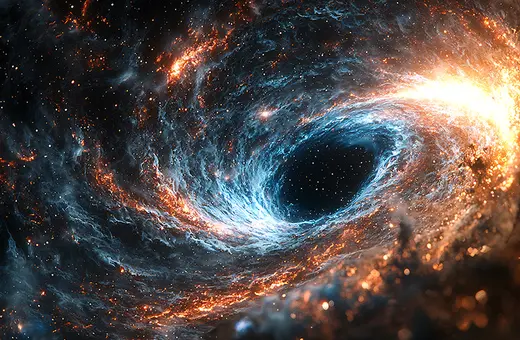


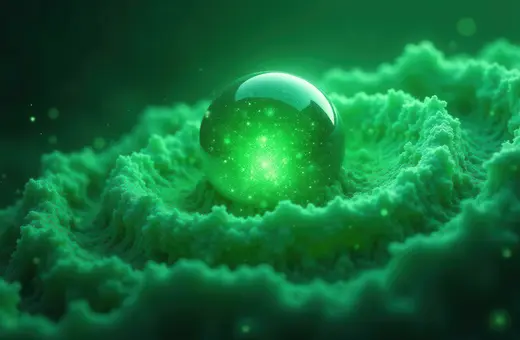
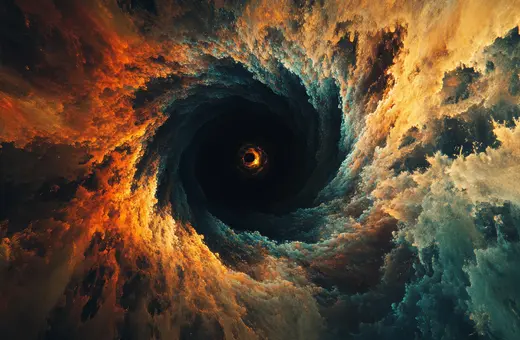




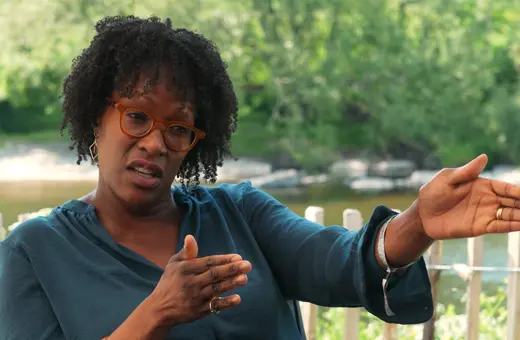
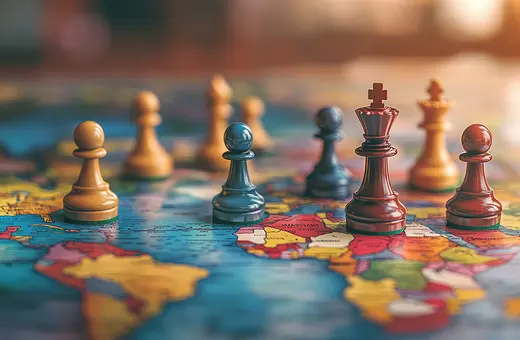
Join the conversation